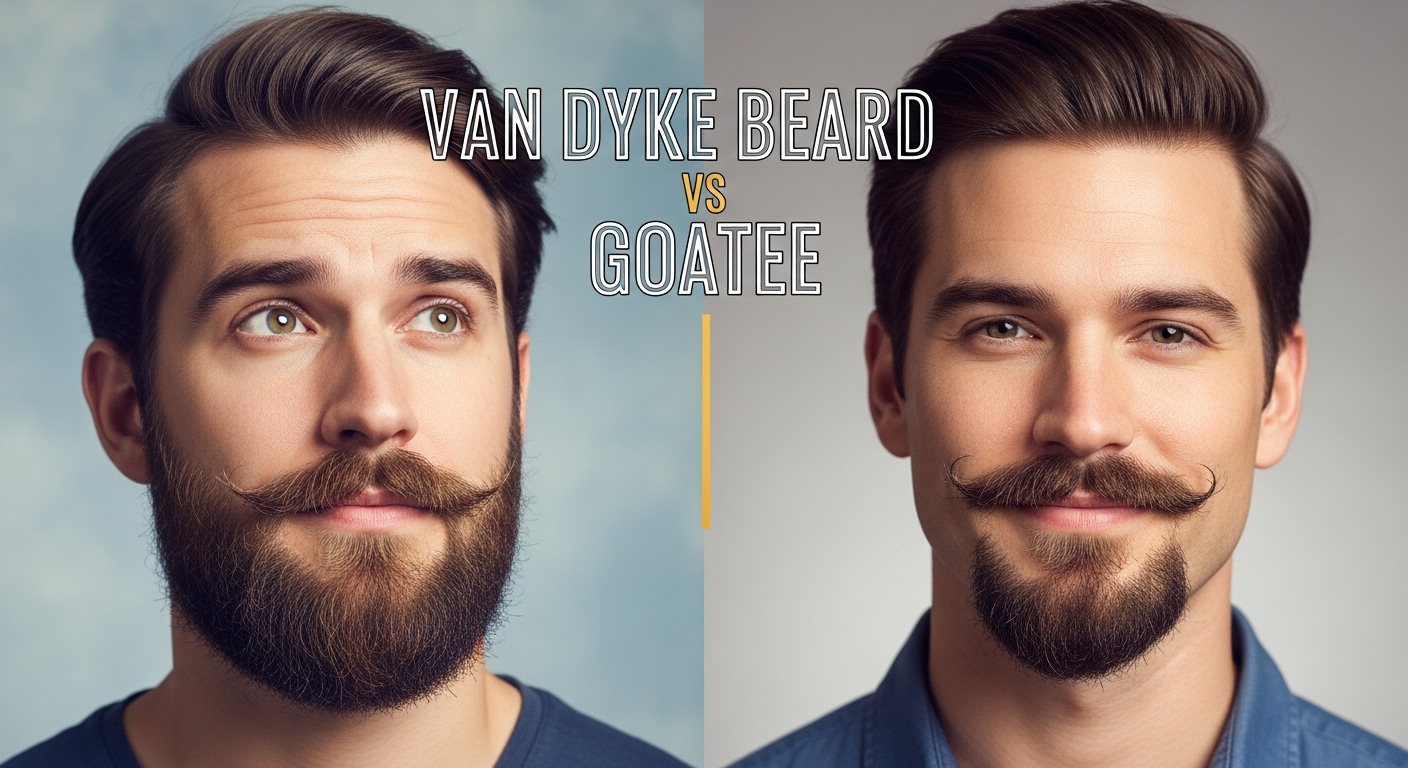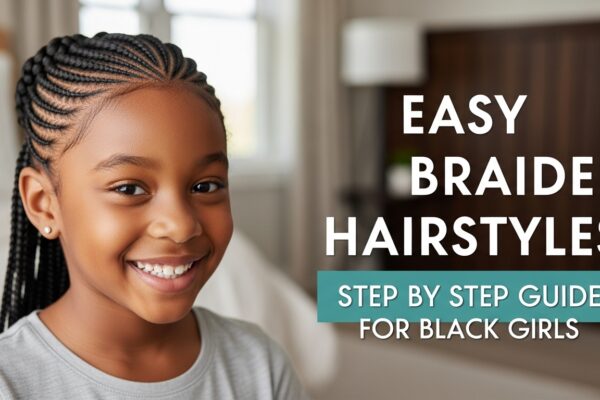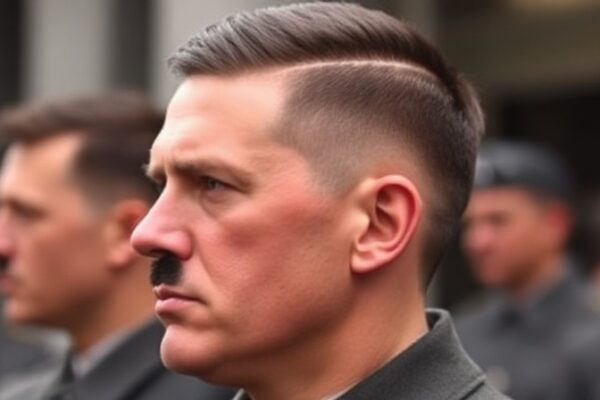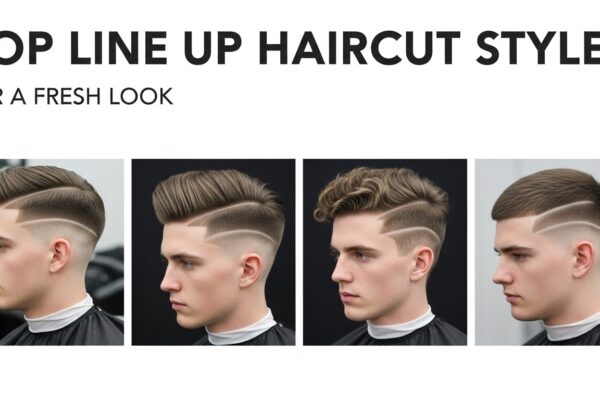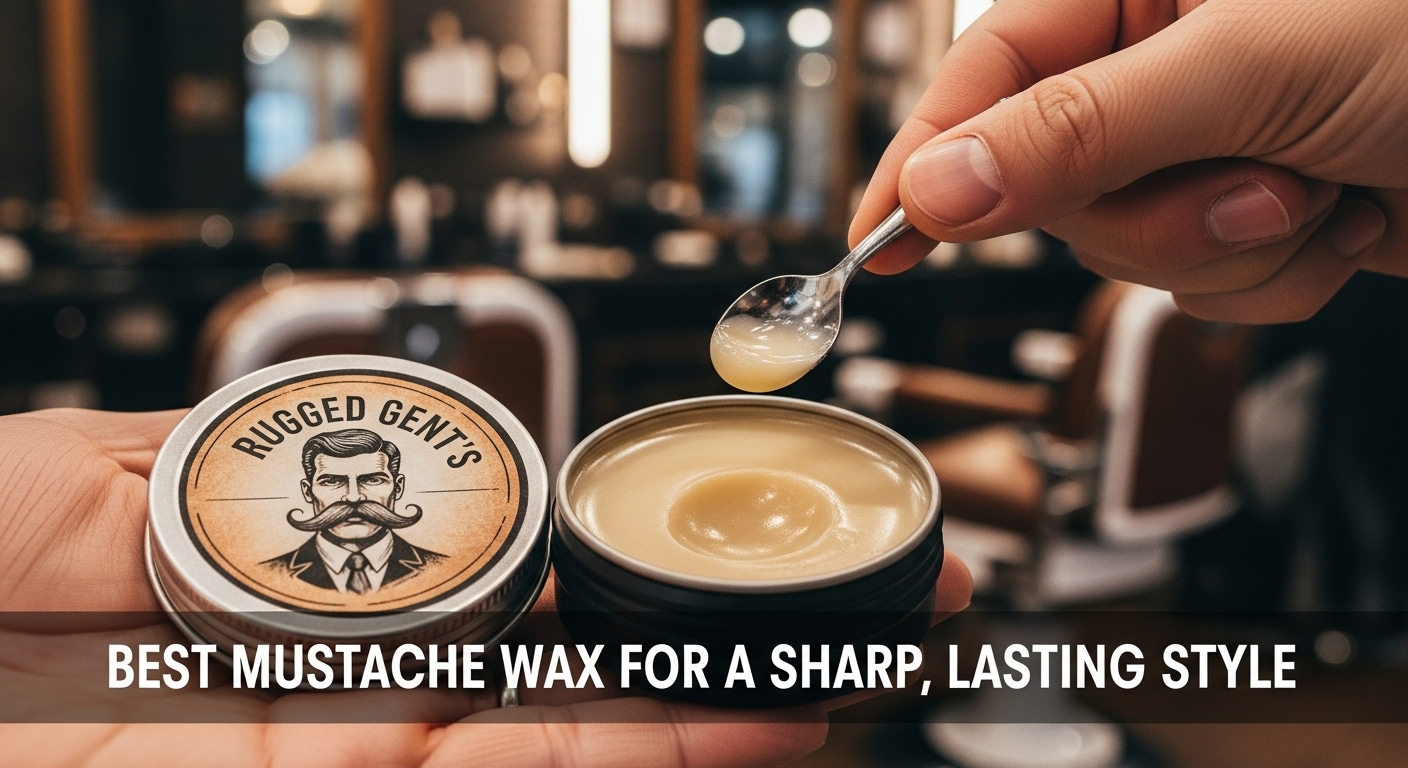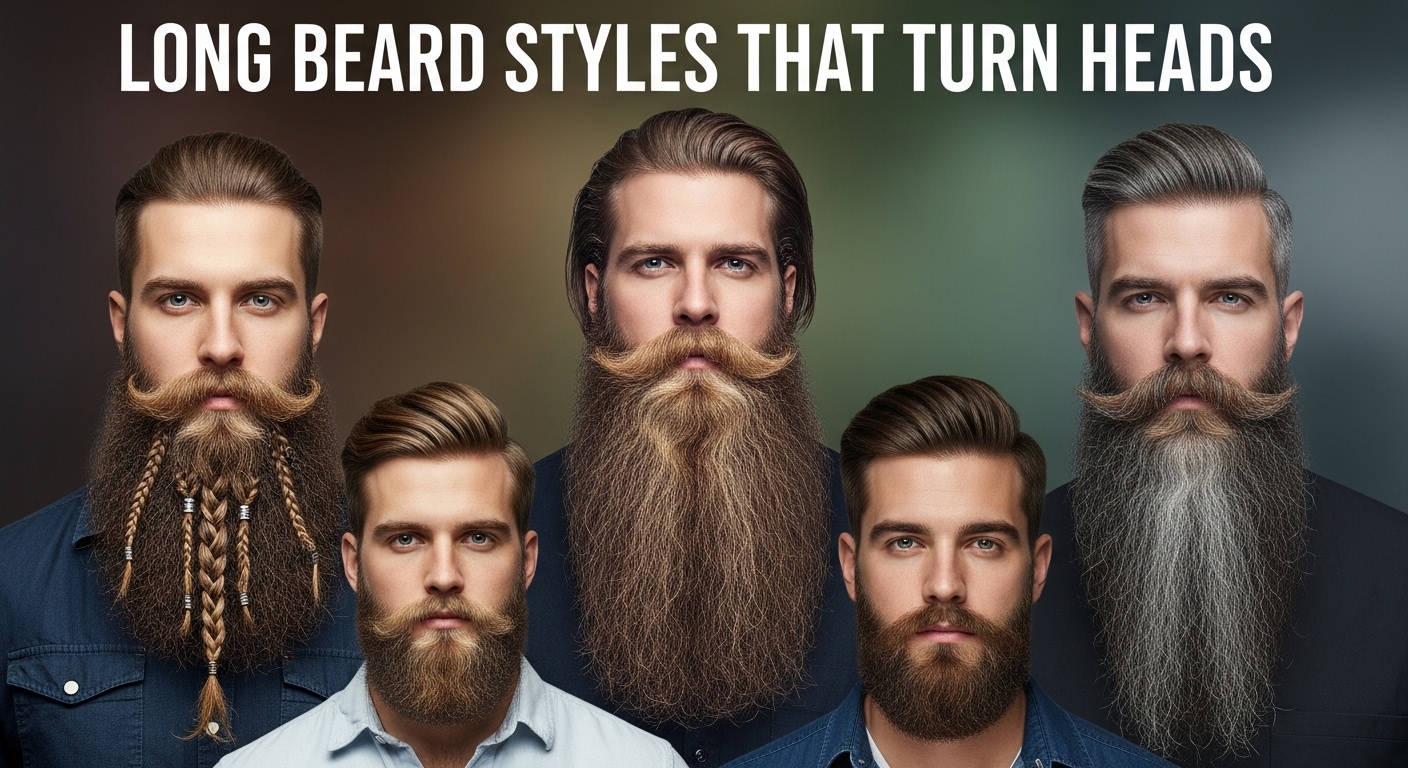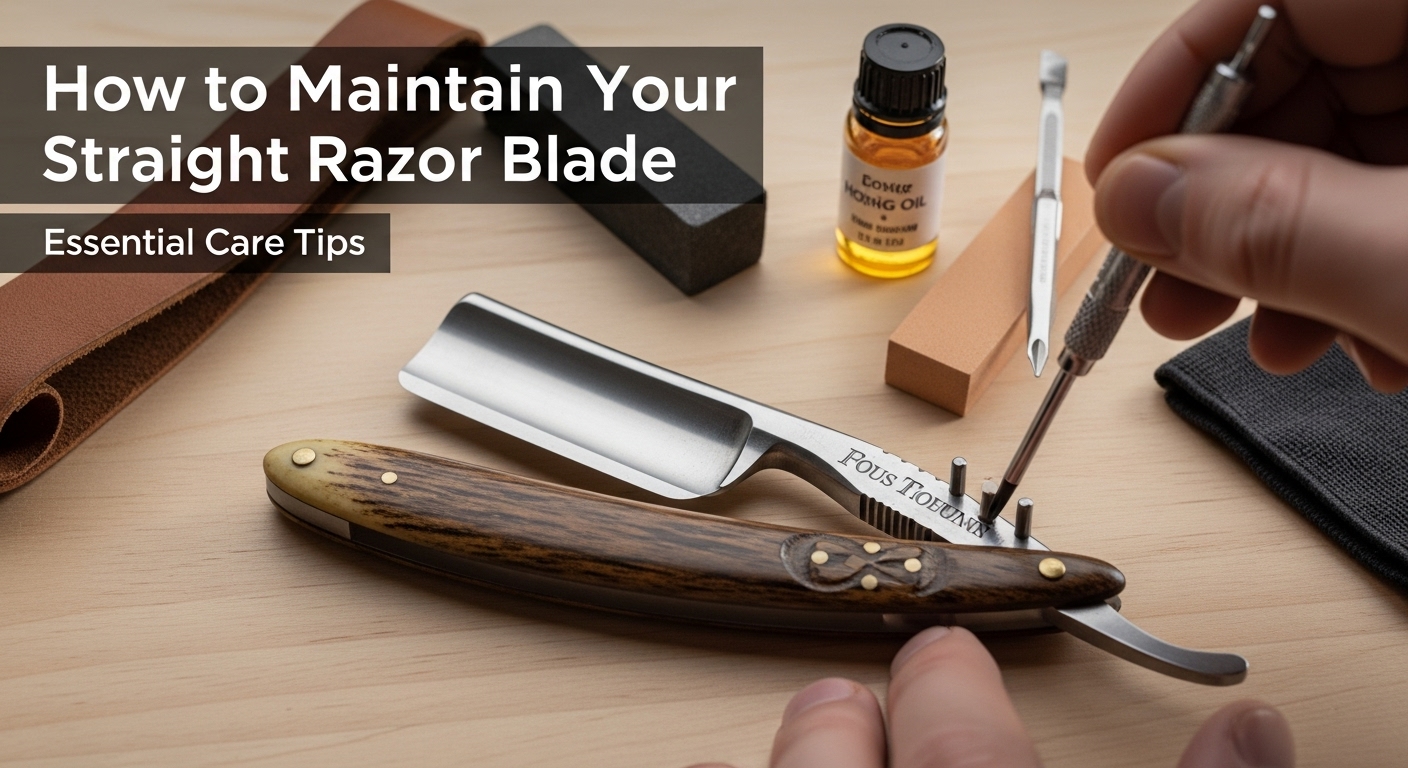In case of facial hair, the Van Dyke beard is one of the most famous facial hair styles, which has been named after the 17th-century Flemish painter Anthony van Dyck, this style has been around for a long time, gradually changed its meaning and being from a sign of aristocratic elegance to a fan favorite among the today’s men looking for a brave but chic style. However, the question is: is the Van Dyke beard really that different from the rest of the popular facial hair styles, for instance, the goatee? Although both rags have common ground when it comes to chin hair, the Van Dyke beard just rips the roof off with its characteristic distinction between the mustache and goatee.
The following guide will get you through everything you need to know about this timeless, stylish beard, whether you are just thinking about the Van Dyke being the right fit for your face shape or wondering how it stands apart from the goatee.
What Is a Van Dyke Beard?
The Van Dyke beard is a classic facial hair style that blends a mustache and a goatee, but one significant difference is that the mustache and goatee are separate, not connected. It was the 17th-century Flemish painter Anthony van Dyck, who regularly wore his beard in this specific fashion, that this style took its name from.
To be honest, it is kind of an ageless style simple yet powerful, just right for a person who wishes his/her facial hair to be extraordinary without being too flashy.
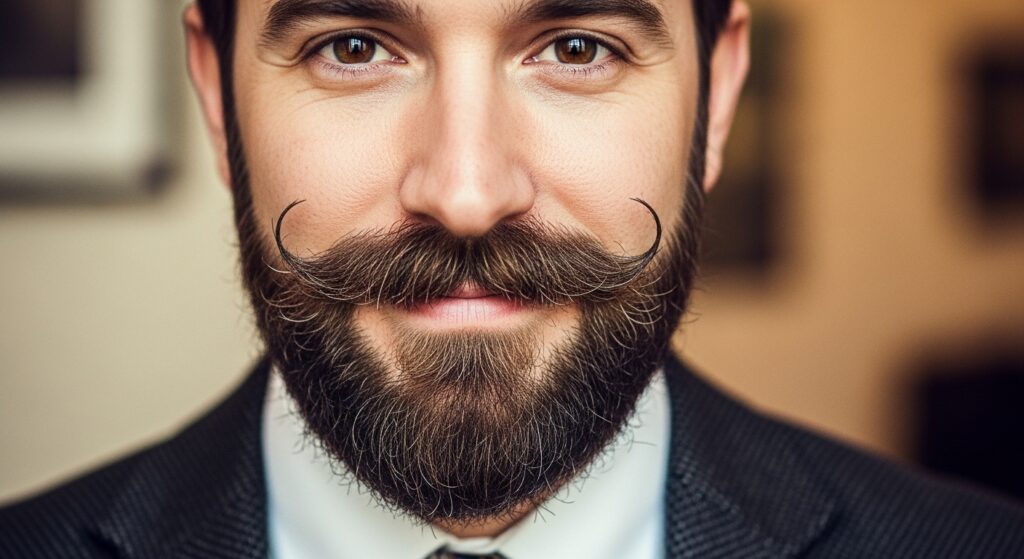
How Is a Van Dyke Different from a Goatee?
On first sight, the Van Dyke and the goatee may look almost the same, yet there’s a subtle and significant difference.
Normally the goatee is made up of facial hair solely on the chin area. It can vary from a simple tuft of hair to a more full one, but the most important thing is that it is made of hair on the chin and sometimes on the upper lip as well.
Conversely, the mustache is frequently directly linked with the chin hair, whereas in a Van Dyke beard the mustache and goatee are kept apart.
This contrast is also evident when exploring various short beard styles, where subtle grooming choices—like connection or separation—can drastically alter the overall look.
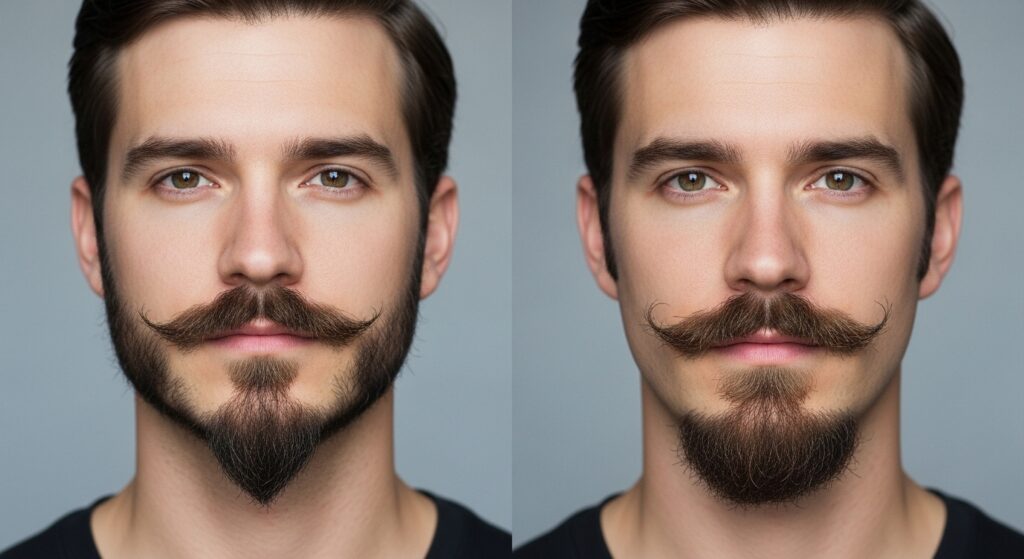
Which Face Shape Is Best for a Van Dyke Beard?
Beard styles are not universally flattering for all face shapes. When deciding on a Van Dyke or a goatee, the first thing you should consider is how the beard will accentuate your natural features.
The Van Dyke is especially good for guys with oval or square faces. The pointed chin of the Van Dyke can either help lengthen a round face or add a more defined look to a square one.
Van Dyke Beard: The Key for a Timeless Look
It is the mustache that brings in the bright characteristic of the Van Dyke beard. It is not just any style – it is a carefully brushed and sporting boldness that can lift the look from being mediocre to actually great.
No matter whether you use a pinched handlebar, a mere pencil line, or a bushy one, the Van Dyke mustache plays the lead role in presenting itself as the most noticeable feature.
How to Keep a Van Dyke Beard
Taking care of a Van Dyke beard that looks neat and tidy requires commitment of some sort. The basic characteristic of this particular style is that the mustache and goatee always stay apart, and at no time should one be able to spot where they meet.
Similarly, maintaining clean lines and structure is essential in modern hairstyles like the low taper textured fringe, where precision defines the entire look.
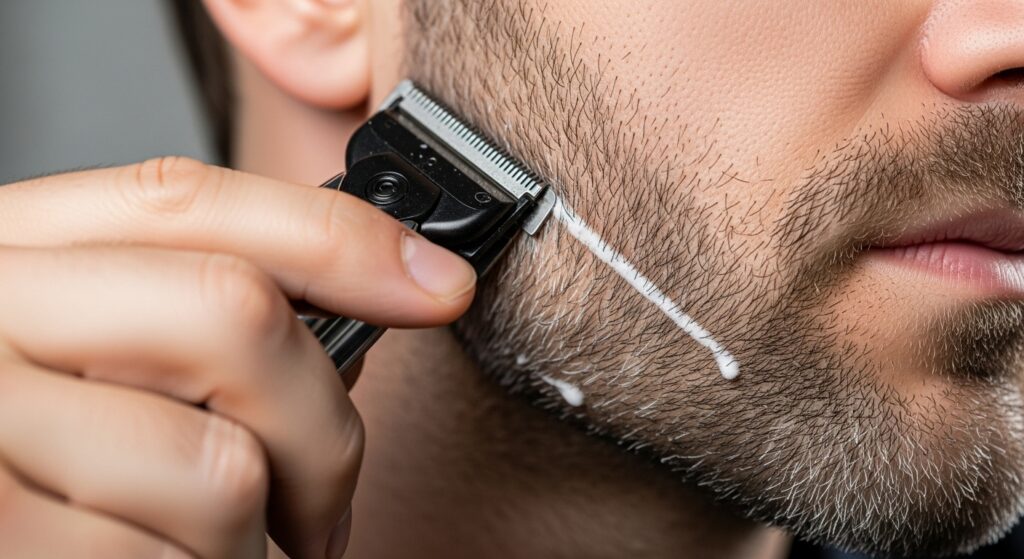
The Appeal of the Van Dyke Beard in Pop Culture
The Van Dyke got the attention of the media more than once in the past, but it has been making a comeback over the last couple of years, among other things, driven by Johnny Depp’s choice of the beard style. Depp’s image in movies such as Pirates of the Caribbean is often accompanied by the Van Dyke, thus hinting at its rebel-like yet elegant aura.
The Van Dyke might just be what you need if you want a beard style that has gone through different eras, has got a sophisticated charm to it, and still keeps the trendy edgy look. And don’t forget, the fact that it’s been worn by some of the most iconic figures not only from the film industry but also art history, only adds to its cool factor.
Van Dyke Beard vs Goatee: Final Thoughts
Whether to choose a Van Dyke beard or a goatee is up to keeping your own style and the amount of care you are prepared to give it. More accurate grooming specifically for the area of mustache and goatee where separation is aimed, is imperative for the Van Dyke,
but if you are one of those people who are ready to put in the work, you get the result of a visage that is both daring, elegant, and somewhat enigmatic.
FAQs
1. What is a Van Dyke beard?
The Van Dyke beard is a style where the mustache and goatee are detached completely, without any connection between them.
2. How do I groom a Van Dyke beard?
To maintain a Van Dyke beard, you should trim the edges frequently so that the mustache and goatee remain separate.
3. Can a Van Dyke suit my face shape?
Yes, Van Dyke beard is a great match for people with square or oval faces. It has an effect of making a round face longer or giving more definition to a square jawline.
4. How does a Van Dyke beard differ from a goatee?
The main difference is that in the Van Dyke beard the mustache and the goatee are separate while in a goatee a mustache is normally combined with the chin hair.
5. Why is the Van Dyke beard called that?
The Van Dyke beard gets its name from the Flemish painter Anthony van Dyck who was always seen sporting this facial hair style in his self-portraits.

James Tony covers everything from classic cuts to trendy styles, helping readers choose the right haircut and maintain healthy, stylish hair. He’s known for his deep dives into hair textures and face shapes, making it easier for anyone to find the perfect look. James believes a good haircut is the first step to great confidence.

